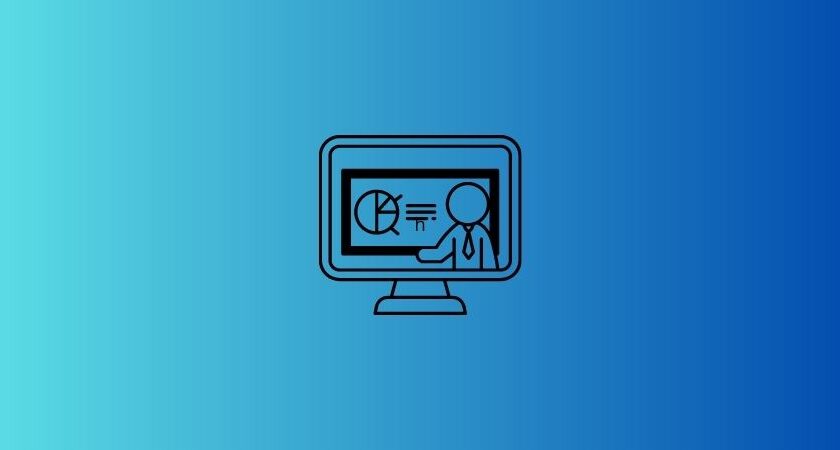In recent years, the integration of technology in education has witnessed a revolutionary shift. Among the plethora of technological advancements, Virtual Reality (VR) has emerged as a game-changer, transforming the way students learn and teachers instruct. VR enables immersive learning experiences that transport learners to diverse virtual environments, unlocking a new dimension of educational potential.
In this blog, we will explore how leveraging virtual reality in education fosters immersive learning experiences, enhances student engagement, and empowers educators to create innovative teaching methods.
Immersive Learning with Virtual Reality
Traditional classroom settings have limitations when it comes to providing real-world experiences to students. Virtual Reality bridges this gap by immersing learners in a 3D computer-generated environment that mimics real-life scenarios.
Whether it’s exploring ancient civilizations, dissecting complex organisms, or delving into outer space, VR offers hands-on learning experiences that are otherwise impossible within the confines of a conventional classroom.
Enhanced Student Engagement
One of the primary challenges in education is maintaining students’ attention and motivation. VR captivates learners’ minds by making education fun, interactive, and visually stimulating. When students actively participate in their learning through VR, they become more engaged and invested in the subject matter. This heightened engagement ultimately leads to a deeper understanding and retention of knowledge.
Personalized Learning Pathways
Each student has unique learning preferences and abilities. VR enables educators to customize learning experiences based on individual needs. Through virtual reality, teachers can design personalized learning pathways, catering to students’ learning styles, pace, and interests. As a result, learners can progress at their own speed, gaining confidence and enthusiasm in their academic pursuits.
Simulating Real-Life Experiences
Certain educational subjects and vocations require hands-on training and practice. VR creates safe and risk-free environments to simulate real-life experiences, allowing students to learn from their mistakes without any real-world consequences.
For instance, aspiring surgeons can practice complex procedures in a virtual operating room, engineering students can construct and test virtual prototypes, and language learners can immerse themselves in foreign cultures to enhance their linguistic skills.
Bridging Geographical Barriers
Virtual reality transcends geographical boundaries, enabling students from different parts of the world to connect and collaborate seamlessly. This aspect of VR fosters cross-cultural learning experiences, promoting global awareness and understanding. Virtual classrooms can host international discussions, exchange programs, and joint projects, enriching students’ learning through diverse perspectives.
Tackling Accessibility Challenges
VR can be especially valuable in addressing accessibility challenges faced by students with disabilities. Traditional educational settings may not always cater to their unique needs, hindering their learning experience. VR offers an inclusive learning environment, allowing students with disabilities to participate actively and explore educational content like never before.
Revolutionizing Field Trips
Field trips have long been considered an integral part of education, providing practical experiences outside the classroom. However, logistical challenges and costs often limit the frequency and scope of these trips. With VR, schools can take students on virtual field trips to historical landmarks, natural wonders, and cultural sites worldwide, without leaving the premises. This opens up a world of possibilities for learners, enhancing their knowledge and curiosity.
Encouraging Critical Thinking and Problem-Solving
Virtual reality experiences often present students with complex scenarios that require critical thinking and problem-solving skills. Learners must analyze situations, make decisions, and witness the consequences of their choices, fostering a deeper understanding of cause and effect. This approach nurtures essential cognitive skills and prepares students for real-life challenges beyond the classroom.
Conclusion
Leveraging virtual reality in education brings about a paradigm shift in the way students learn and educators teach. The immersive learning experiences facilitated by VR engage students like never before, making education more enjoyable and effective. The ability to create personalized learning pathways and simulate real-world scenarios empowers learners to explore and understand complex subjects with greater depth.
As VR technology continues to advance, its integration in education holds the promise of transforming the landscape of learning, creating a generation of students prepared to tackle the challenges of tomorrow.
